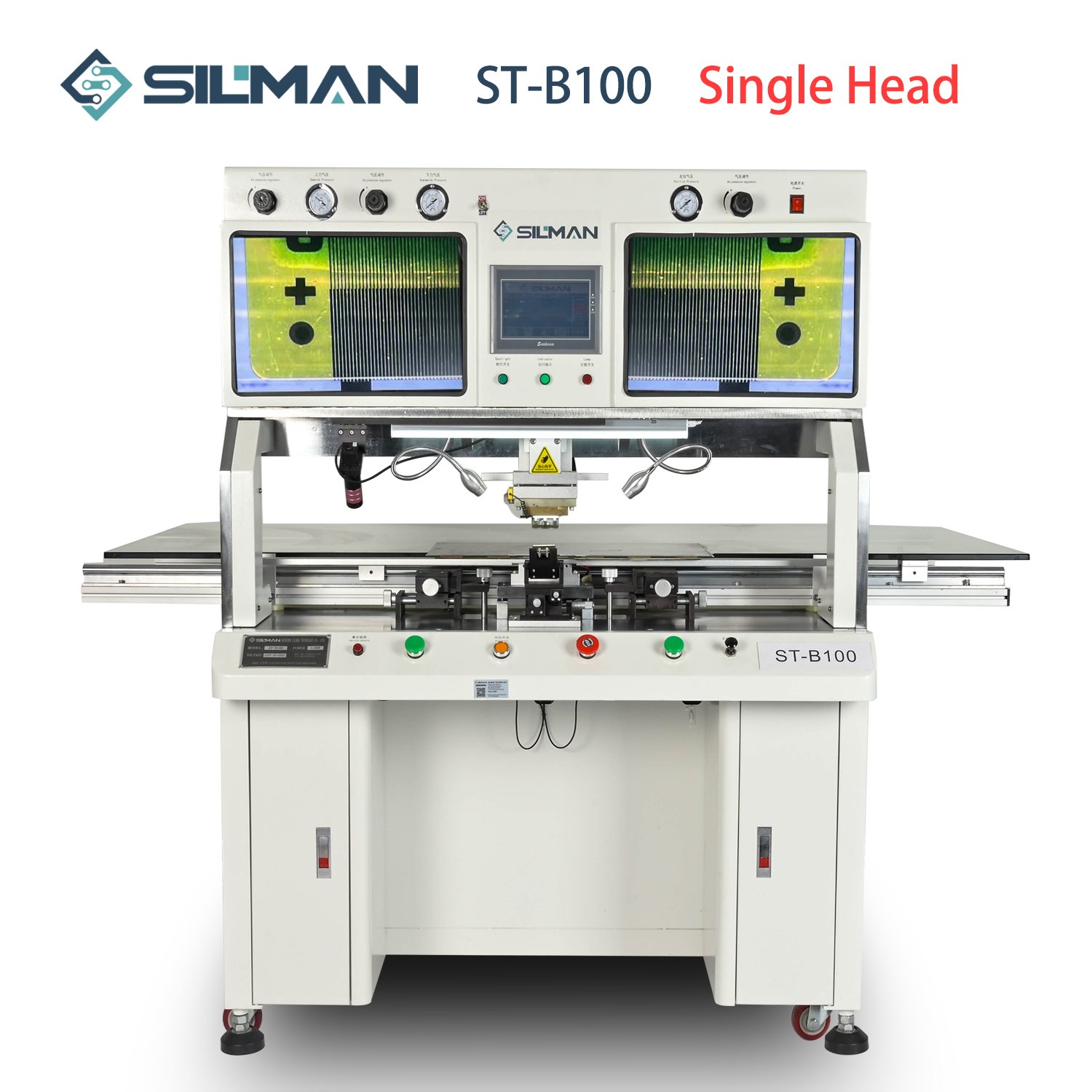Selective wave soldering, also known as “selective soldering,” is an advanced electronic assembly soldering technique. It utilizes robots and computer-controlled equipment to apply solder material only to the electronic components requiring soldering, with high-speed operation without preheating and manual solder coating. In comparison to traditional wave soldering techniques, selective wave soldering offers more prominent advantages and can bring revolutionary changes to the production of electronic components in the future.
The advantages of selective wave soldering are as follows:
- Efficiency: Selective wave soldering is efficient because it uses a heated wave with electrical conductivity to ensure soldering quality, instead of using dry solder bars or filler metals as in traditional soldering techniques. This approach enables selective wave soldering to complete soldering faster and increase soldering speed. With faster soldering speeds, the efficiency of operations on the production line can also be correspondingly improved.
- Beneficios económicos: Another significant advantage of selective wave soldering lies in its impact on enterprise economic benefits. Due to its higher production efficiency and the absence of additional soldering materials required, this means that enterprises can reduce costs through this technology. Additionally, since selective wave soldering uses a limited amount of heat data at the required soldering points, it reduces heat input and the risk of deformation. This can also lower production costs and, in the long run, lead to higher economic benefits.
